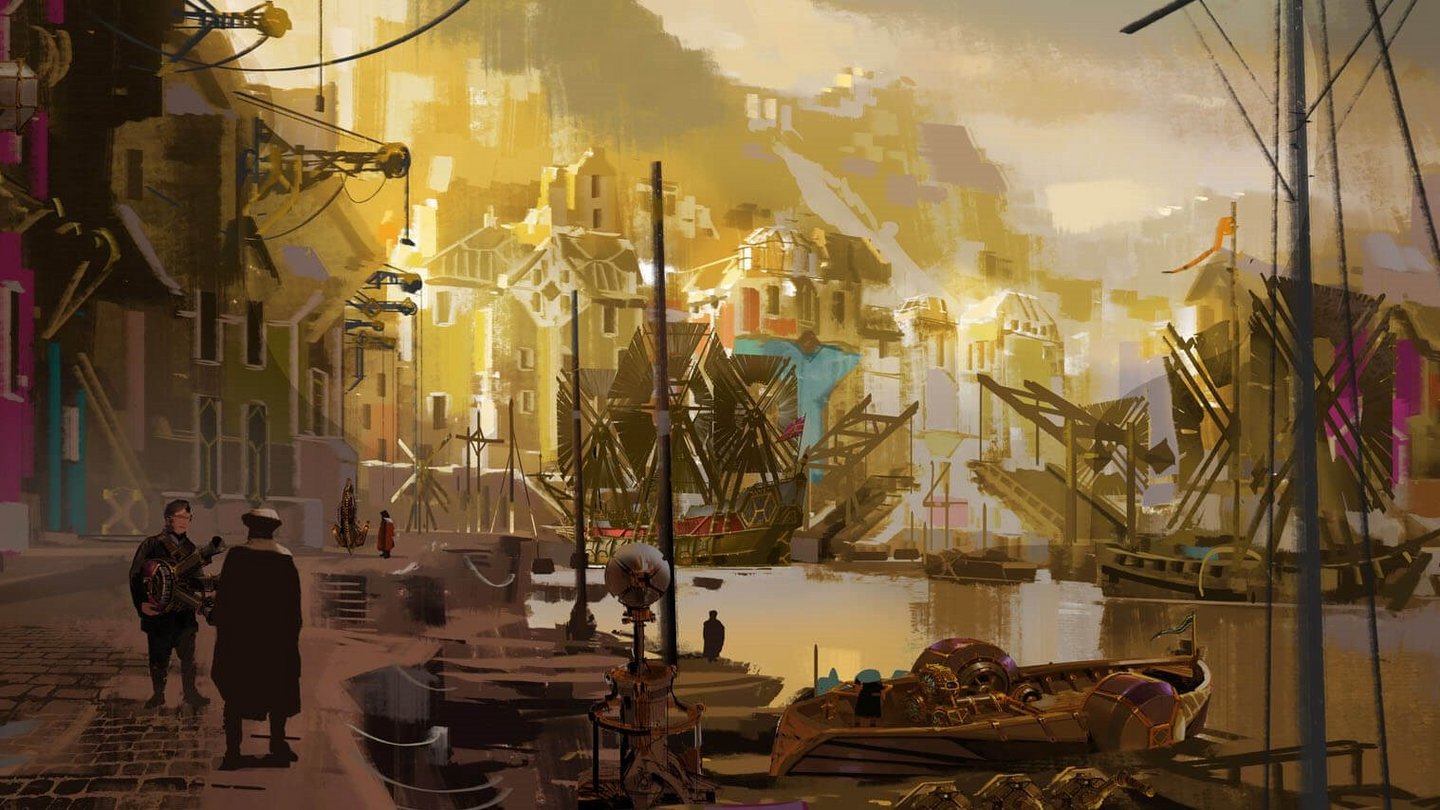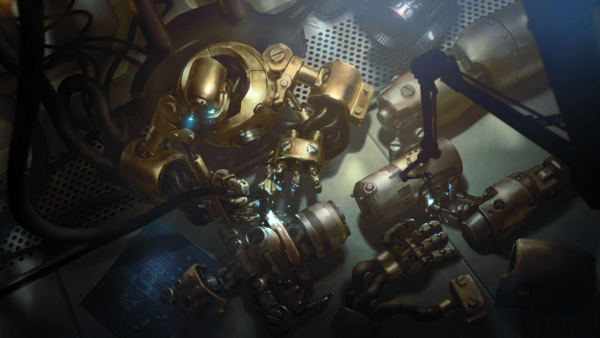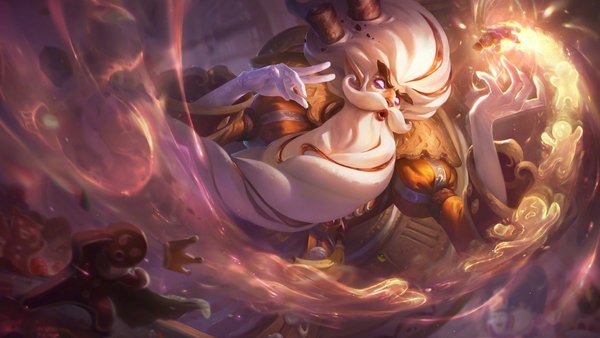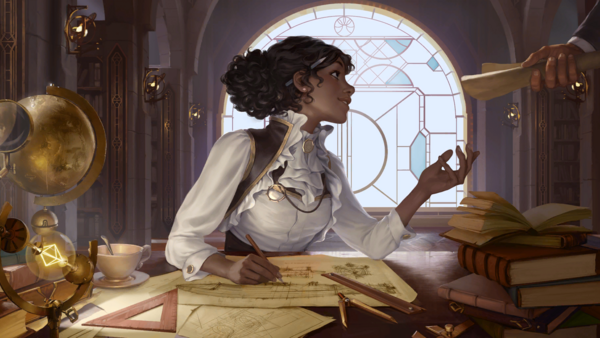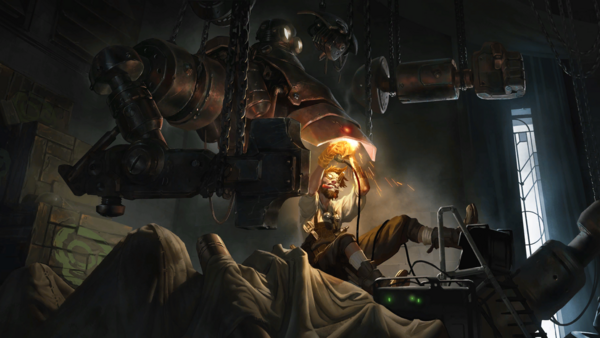It was 1998. My team was in a state of shock and confusion. I was an art lead and our CEO had just gone off-script half way through a pitch meeting. He ditched the original game proposal that we had all worked on, and pitched our publisher on an entirely different game. After our CEO left the room, we had to figure out how to create what seemed like an impossible idea. It was an inspired pitch, but the development was going to be really messy. It took us almost two years to get a playable version of the game, and at the end of the four-year development cycle, the team delivered an incredibly polished experience.
This experience, including both the good and the bad moments, crystallized for me my core tenets of how I think about game development: A group of highly talented and driven developers can make anything if given enough support, patience, and freedom balanced with constraints.
At Riot R&D, I believe we create a strong environment for creatives to deliver great game experiences. It is my job as the Director of Art for R&D to ensure that we get the right creative talent in place and support them as they go through the challenges of early game development.
Getting the talent right is everything. I look for creatives who have games at the center of their work. They enjoy cross-discipline thinking, responding to player feedback, and evolving the art in response. They learn to improve the experience as they build game prototypes through inspiration, imagination, and implementation.
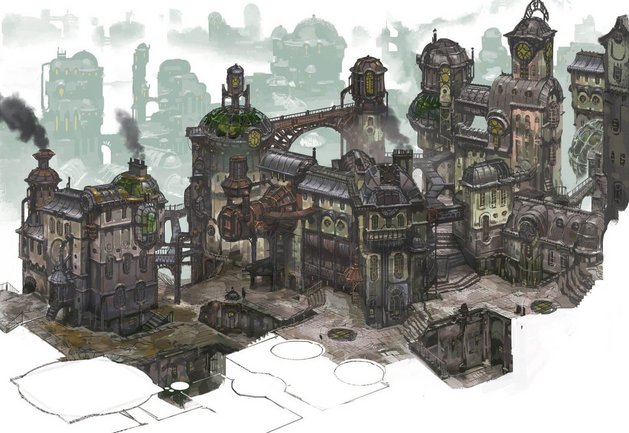
The Prototype Artist
"Ugly but fun" is our goal for prototype art. If a game is fun when it's in an ugly state, it will only be better once we add the stunning visuals, sounds, and story. Counter to that; polished artwork can disguise a bad game. Not worrying about making it pretty also lets us focus on iterating as fast as possible.
Animators and Tech Artists typically fill the early role of “The Prototype Artist.” Beyond their core expertise, they’re empowered to do whatever it takes to make a game happen. One day they do some UI, the next day they paint some icons, maybe they work on some audio, then maybe they learn VFX to prototype a feature. When our prototype artists work with design and engineering they are focused on how to best use art, audio, and narrative devices to best solve gameplay problems.
One to three artists make up a typical prototype art team. Usually, it consists of an animator, tech artist, and an art leader.
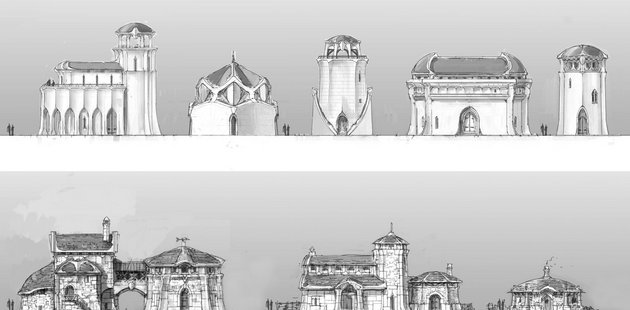
Central Creative Studio
As part of the centralized R&D creative studio, we have a group of specialists who work on all prototypes and help with early pre-production. As teams work through their prototype, they often discover they need help with a particular feature or content where they lack the expertise. The central team offers the necessary on-demand support to cover these discoveries, and unblock the prototype teams to move forward towards their next goal.
Central team creative developers are either senior or principal with many years of experience spanning many genres and platforms. They need to be comfortable with a high level of context switching and a high level of technical expertise regardless of the discipline.
Creative Mindset
The very best creative experience emerges when you have a complimentary team united in vision and full of diverse backgrounds and experiences. Game prototypes can take many months. While the game team is worried about solving the key innovations, the creative leadership can use that same window of time for a long, low-stress, high explosive creative exploration. Part of my job is to ensure that everyone in R&D understands that creative development is a slow and, at times, a chaotic process that we do our best to keep organized.
Multiple revelations occur throughout the journey as inspiration strikes from playtests, team discussion, and player feedback—all of which could cause a shift to a new idea. At the 11th hour, a well-developed art style might be thrown out for a better idea just before the team heads into pre-production. We owe it to our players to push the creative limits to surprise and delight them.
Games will never be easy to make. The challenge of a constantly evolving medium is what I love most about this industry. Regardless of where it goes, you still need the best talent, a bunch of time, and patience. Thankfully, Riot allows for all three.
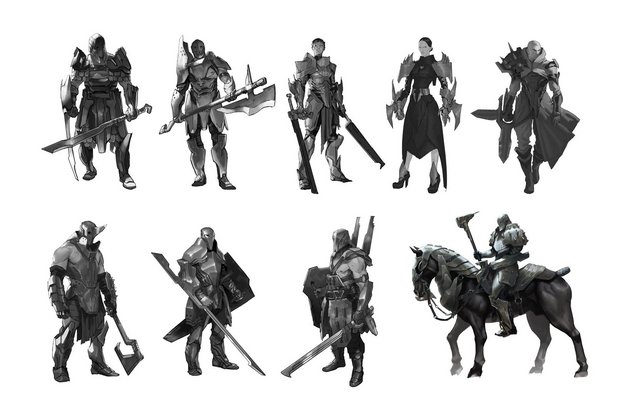
What We're Looking For
Our prototype and pre-production titles are always looking for creatives from all disciplines, creative managers, and leaders. The best place to look for R&D art, audio, and narrative roles is our Jobs Board.
Andy Lang
Andy Lang is a Director of Art for R&D. Before joining Riot, he worked at Blizzard as World of Warcraft's Art Manager. Before Blizzard, he worked at various game studios in Vancouver, BC. Andy spent 15 years at Relic Entertainment, where he held multiple roles, including art director, studio art director, and product producer. He loves custom cars, mid-century modern architecture, low-brow art, and anything sci-fi. Currently, he's playing Art of Conquest and trying to become proficient at Guilty Gear XD.
